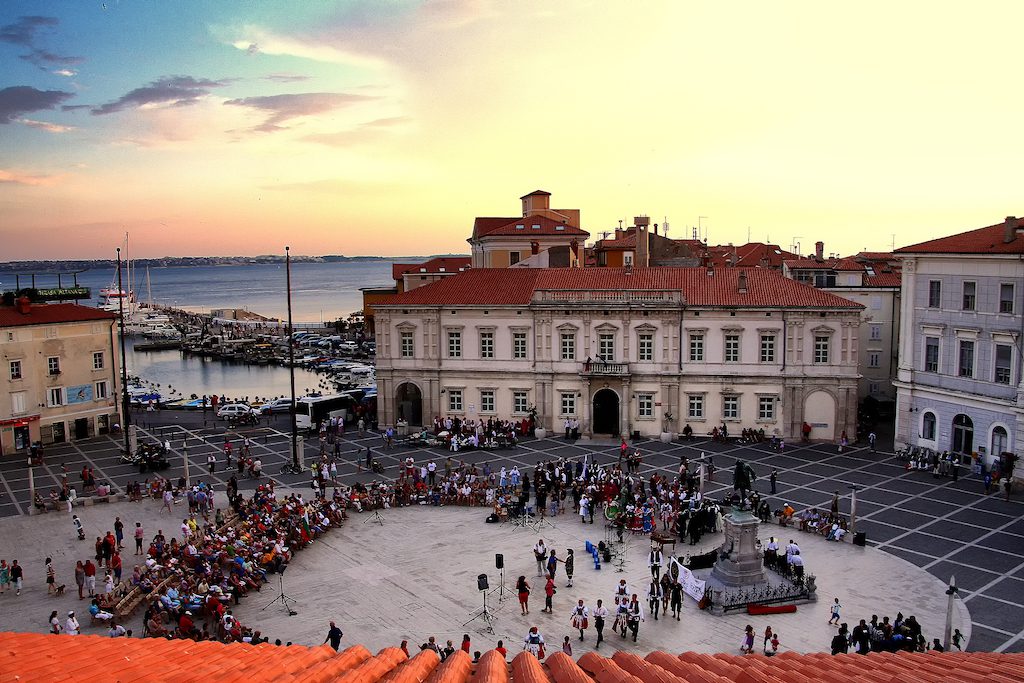Eastern Europe's Tricky Balance on Avoiding Overtourism

Skift Take
The days of seeing overtourism as "a nice problem to have" are over. While they are still intent on building thriving tourism economies, some Eastern Europe tourism officials are also learning from the mistakes of their western neighbors.
When Bart van Poll, the founder of online city guidebooks Spotted By Locals, pondered what he could do to combat overtourism last year, he found his answer in what he wouldn't do: continue to promote cities that were already heavily touristed.
Since 2018, all of the cities he's added to his collection of 77 online guidebooks have been in destinations "that need more tourism and where tourist dollars can have a strong positive impact for local entrepreneurs," van Poll told Skift. With recent additions like Podgorica, Montenegro and Tbilisi, Georgia, a majority of these cities fall in central and eastern Europe.
Van Poll's approach is in line with one of the solutions of overtourism: spreading travelers out to less-obvious regions and destinations. And just like on his website, the Balkans, eastern Europe, and many post-Soviet states are often put forward as the alternatives for travelers who might otherwise add to the crowds in Barcelona and Venice. Perhaps not coincidentally, many destinations in these same regions are seeing rapid tourism growth.
But therein lies a risk. If a given destination is positioned as part of the solution to overtourism, how does it ensure it doesn't becoming a victim of it, too? For example, Ryanair's recent announcement that it will e
